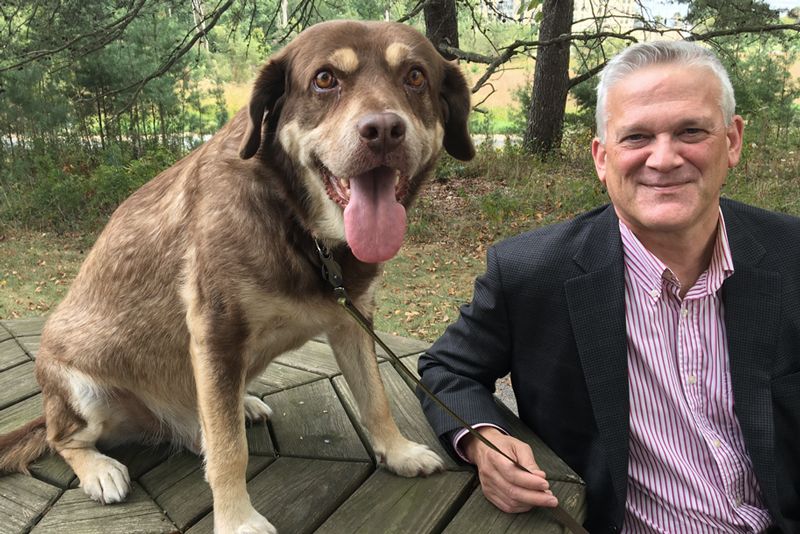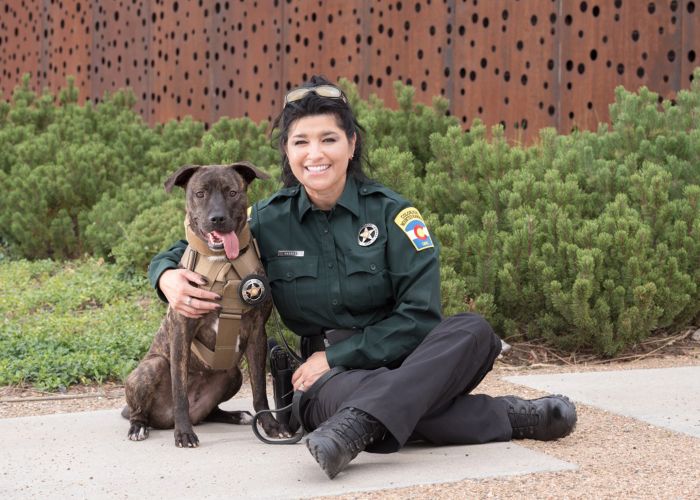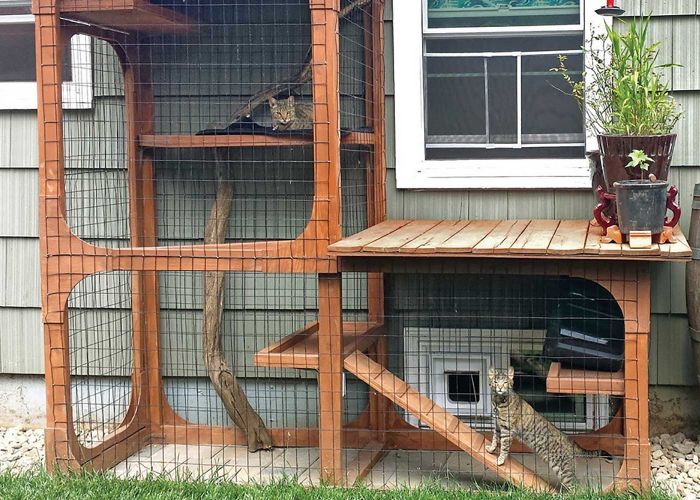A word from us
Veterinarians and the animal protection movement

The appearance of COVID-19 happened to overlap with a webinar I led on the relationship between veterinarians and the animal protection community for the Humane Society Veterinary Medical Association. One overarching point I made was that in the last several decades, veterinarians have become more significant to the progress of humane work. A few months into the COVID-19 era, I am even more convinced.
Social marketing research carried out in the Gulf Coast states after Hurricane Katrina suggested that veterinarians enjoy a high degree of credibility as public authorities. That credibility has proven especially valuable in a pandemic crisis in which anxiety and uncertainty about the possibility of animal-to-human transmission has placed companion animals at risk of abandonment, relinquishment or other uncertain fates.
There is a relevant history here. The evolution of the veterinary profession over the last half century has included a heightened focus on companion animals and on companion animal medicine, including shelter medicine. As of 2018, three-quarters of U.S. veterinarians worked in practices that exclusively or predominantly treat companion animals.
This fact alone has placed veterinarians at the confluence of public discussions concerning pet care, the One Health concept (which focuses on the reciprocal interactions of human and animal health and disease), and the nature and value of the human-animal bond. And suddenly, it seems, this convergence of interests could not be more relevant.
The truth is that veterinary expertise and input is always significant to humane work; in a sense, the pandemic simply underscores and reinforces this point.
Yet there was a time when veterinarians were not as closely aligned with the work of animal shelters, when suspicions and disagreements hampered smooth relations between practitioners and their local shelters and rescue groups in numerous communities.
We’re not likely going back to a simpler landscape of human-animal interactions. We’re going to need veterinarians more than ever.
Today, there is more harmony, there is substantial collaboration, and there is more trust. It is increasingly typical for veterinary students to spend time at animal shelters or nonprofit clinics, setting the stage for a lifetime of professional collaboration. In addition, many veterinarians work at animal shelters, or lead them, which has undoubtedly helped to strengthen standards of animal care and treatment in our field.
Before the pandemic struck, few Americans were aware of live animal markets, the global wildlife trade and viral infections that jump from one species to another. That’s all changed now, and we’re not likely going back to a simpler landscape of human-animal interactions. We’re going to need veterinarians more than ever, as our partners in communicating to pet owners and others in our communities about the realities and benefits of living with animals.







